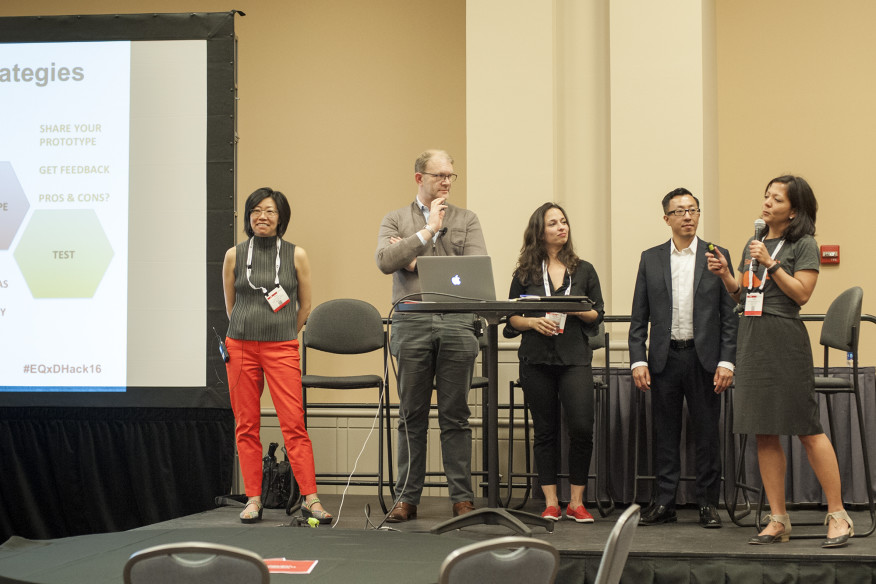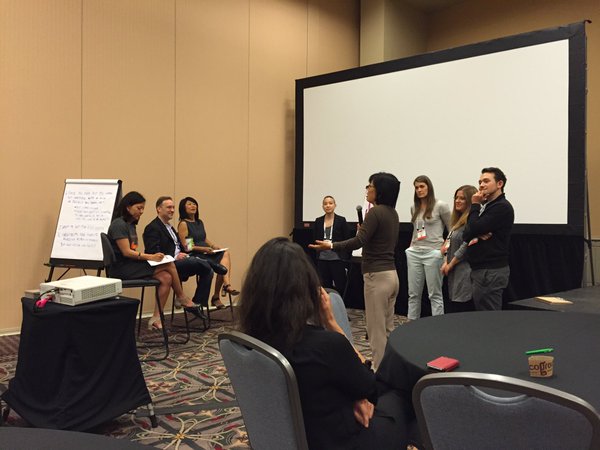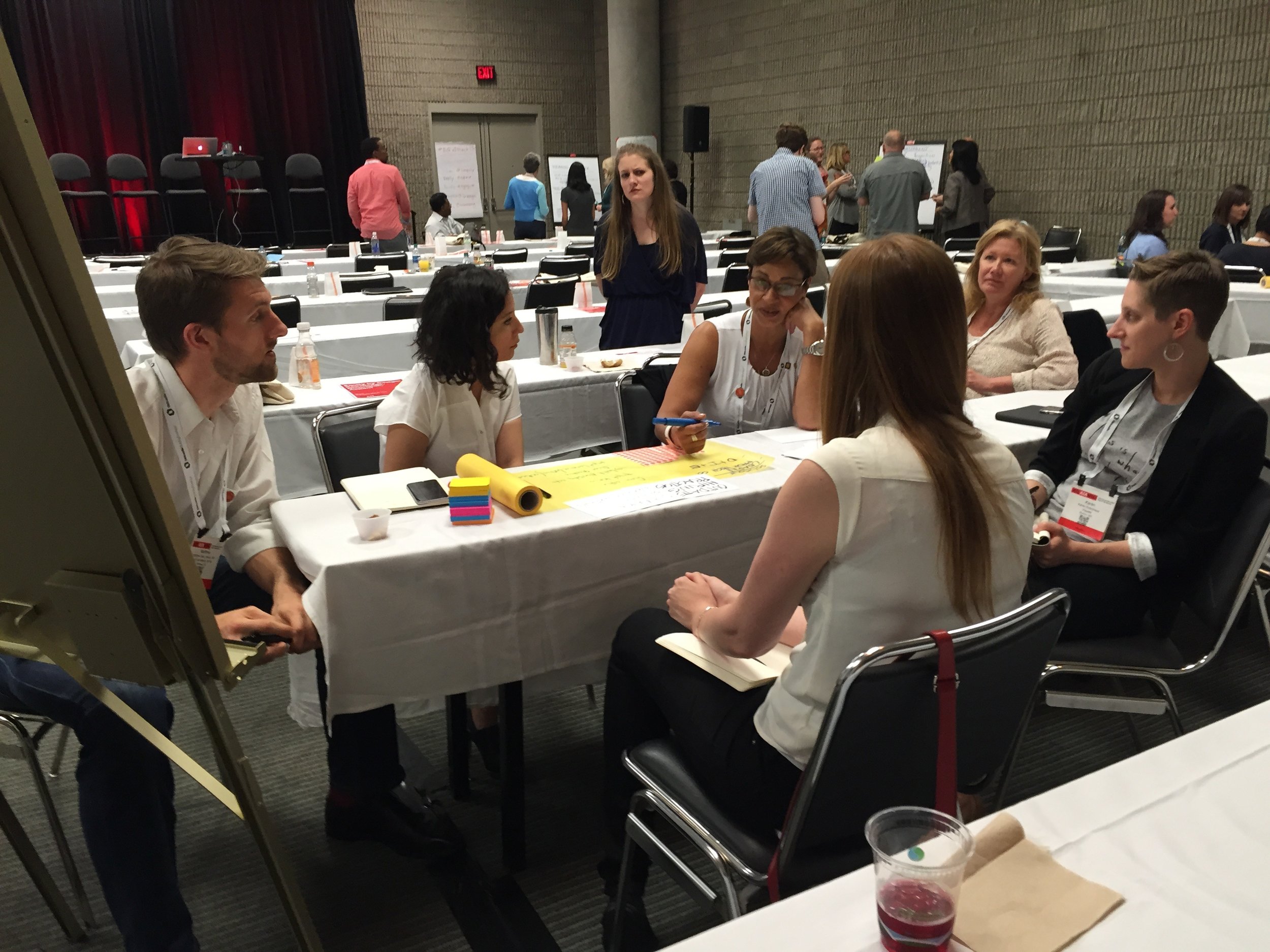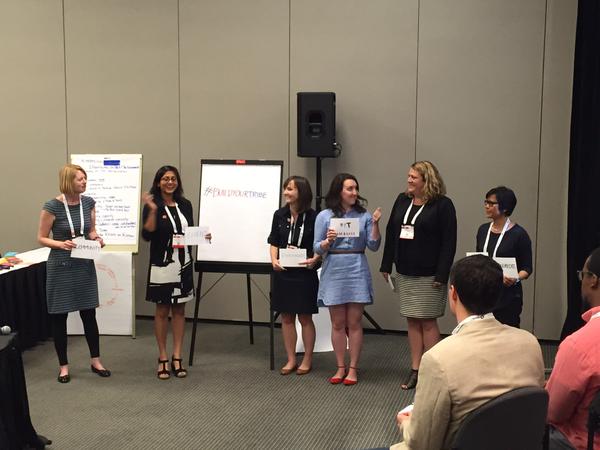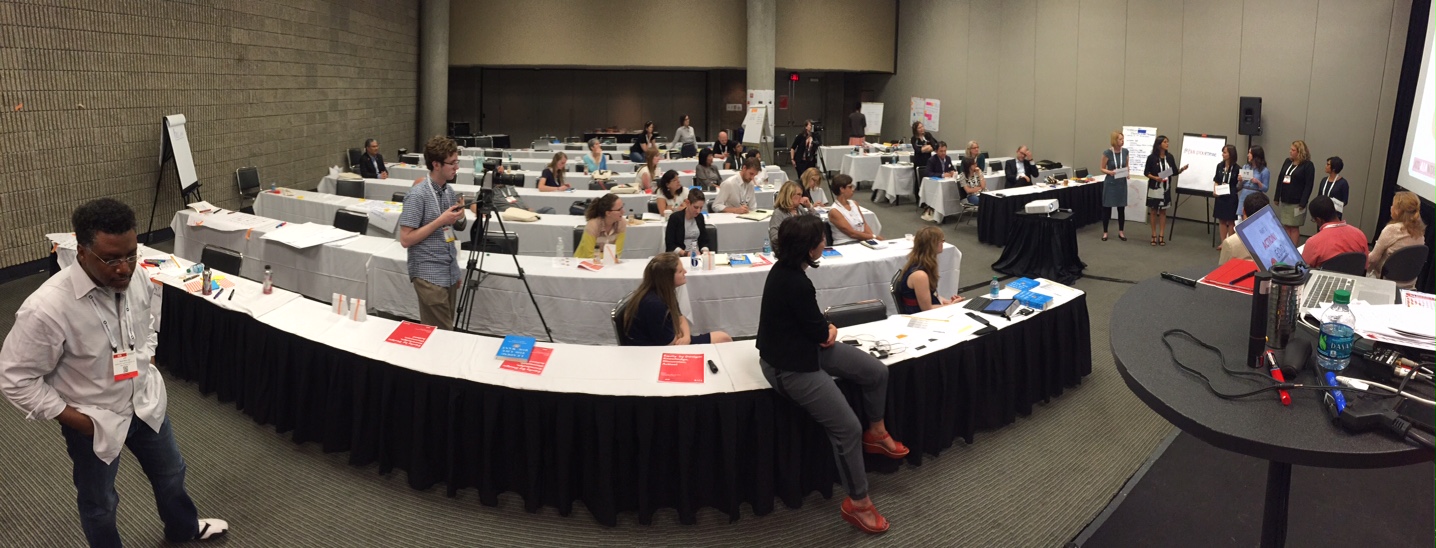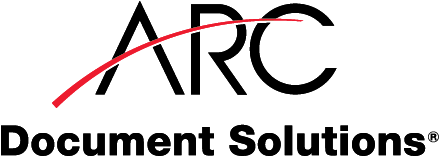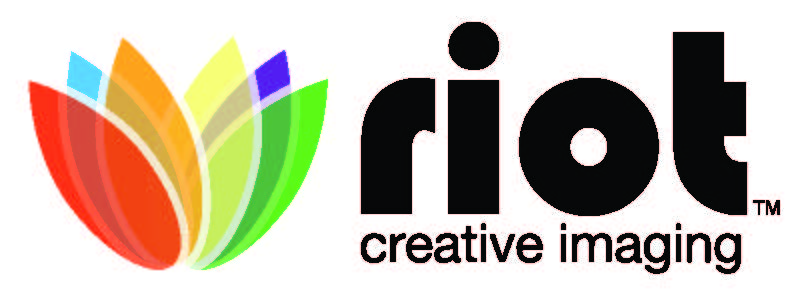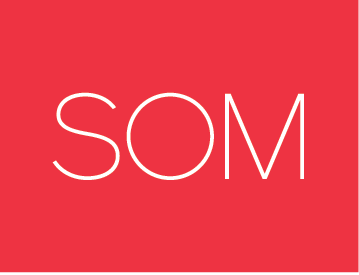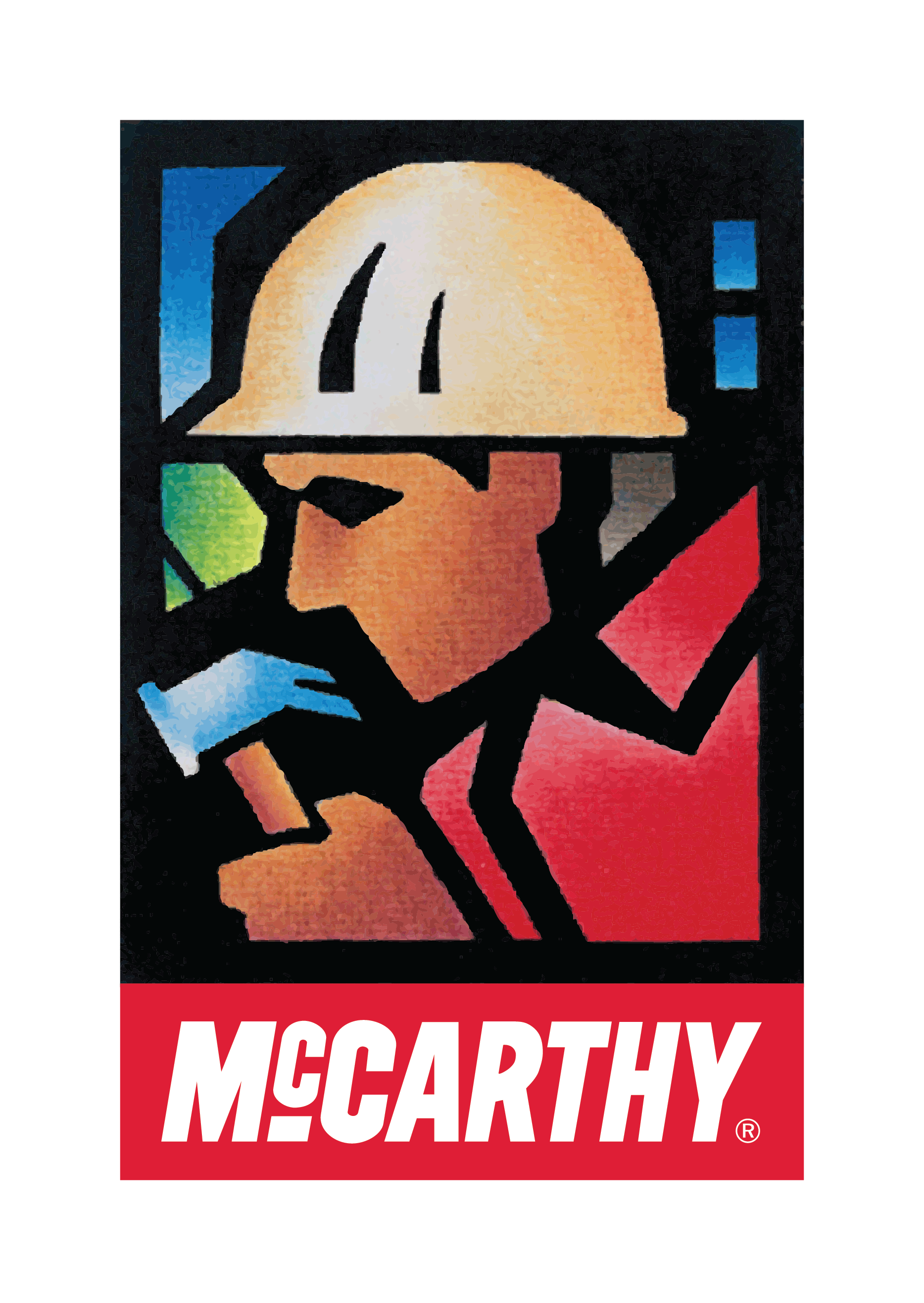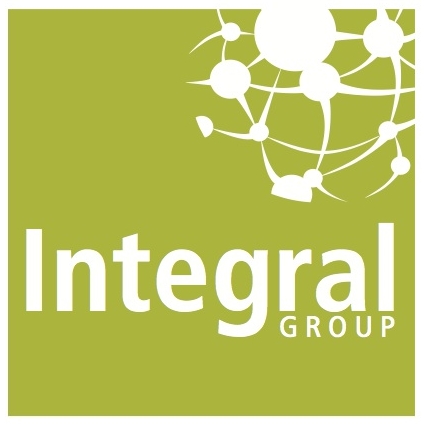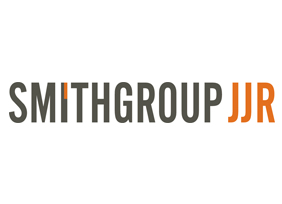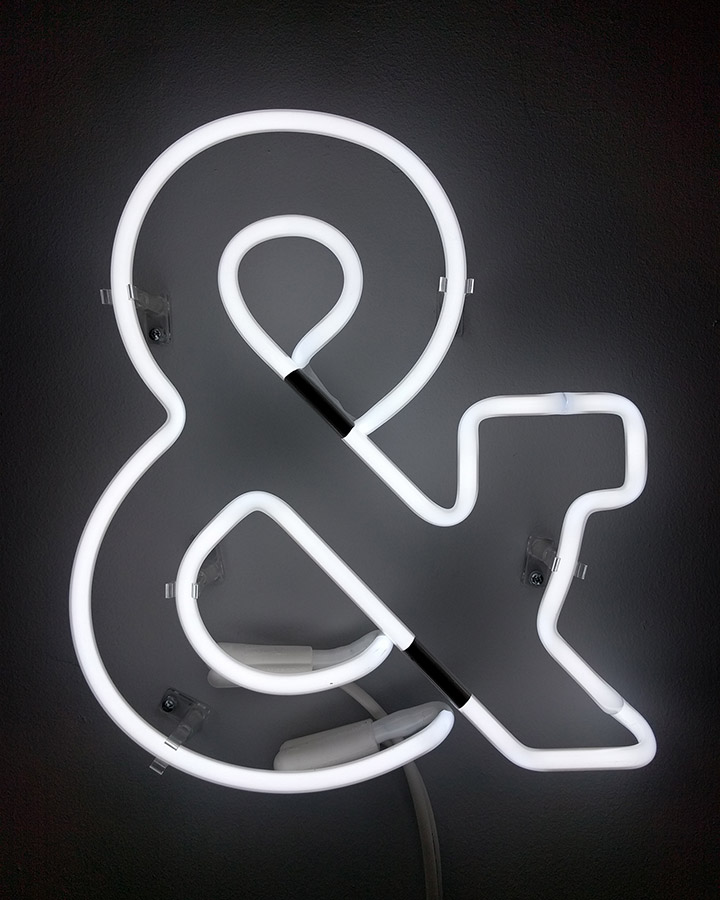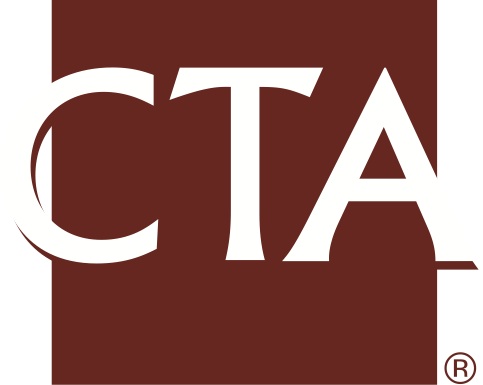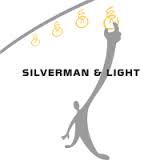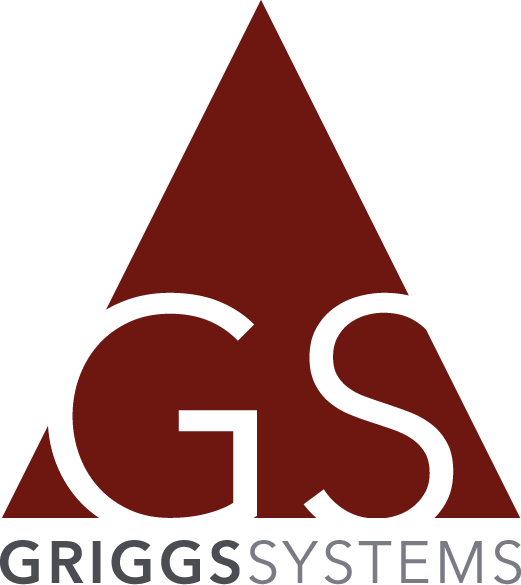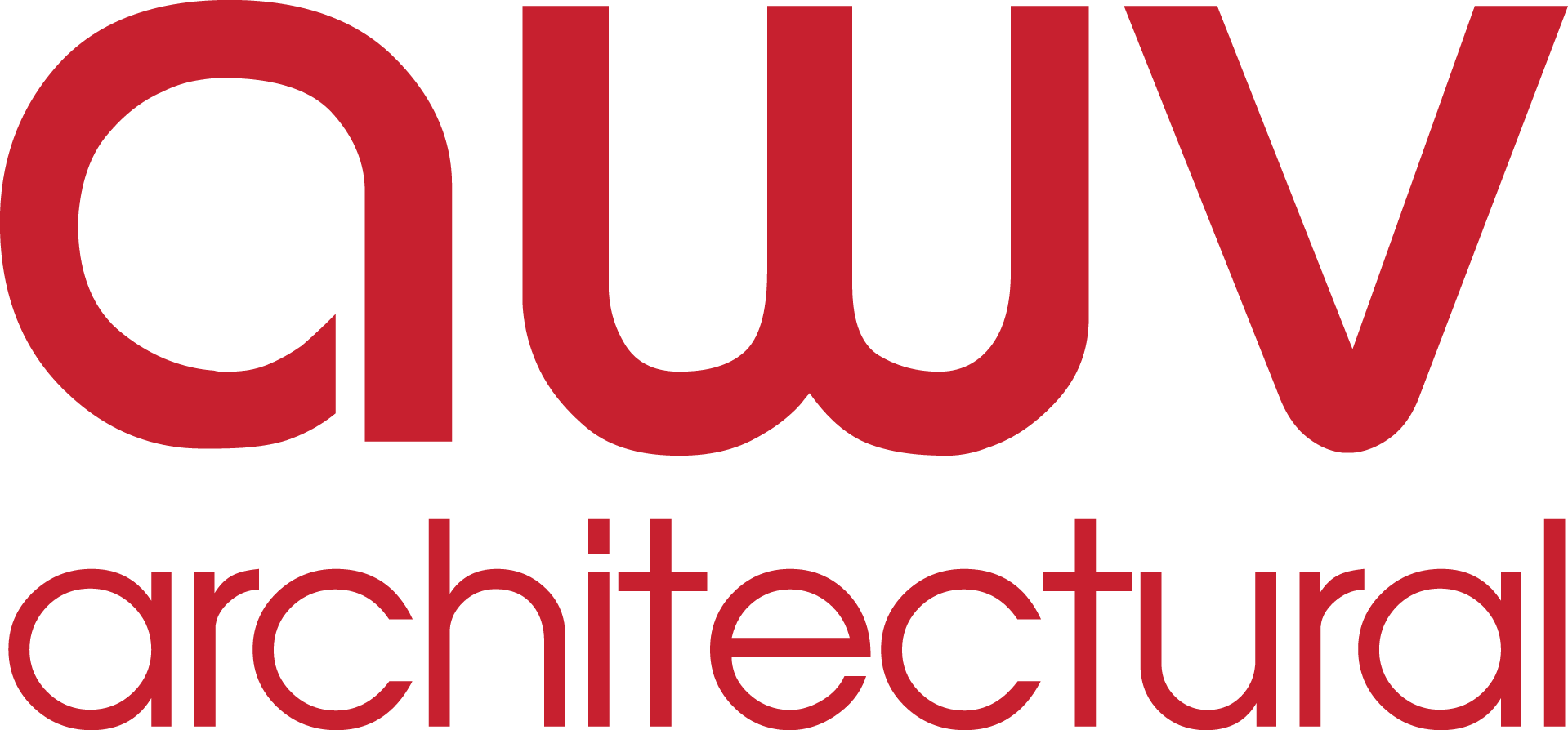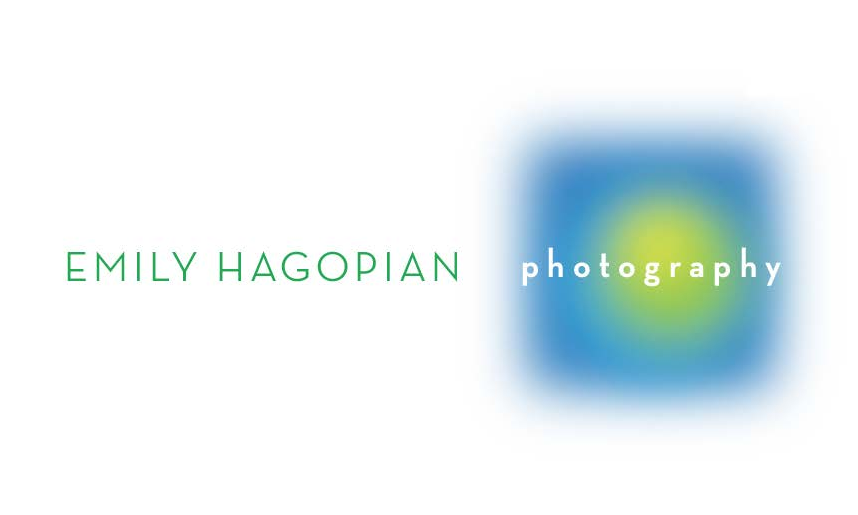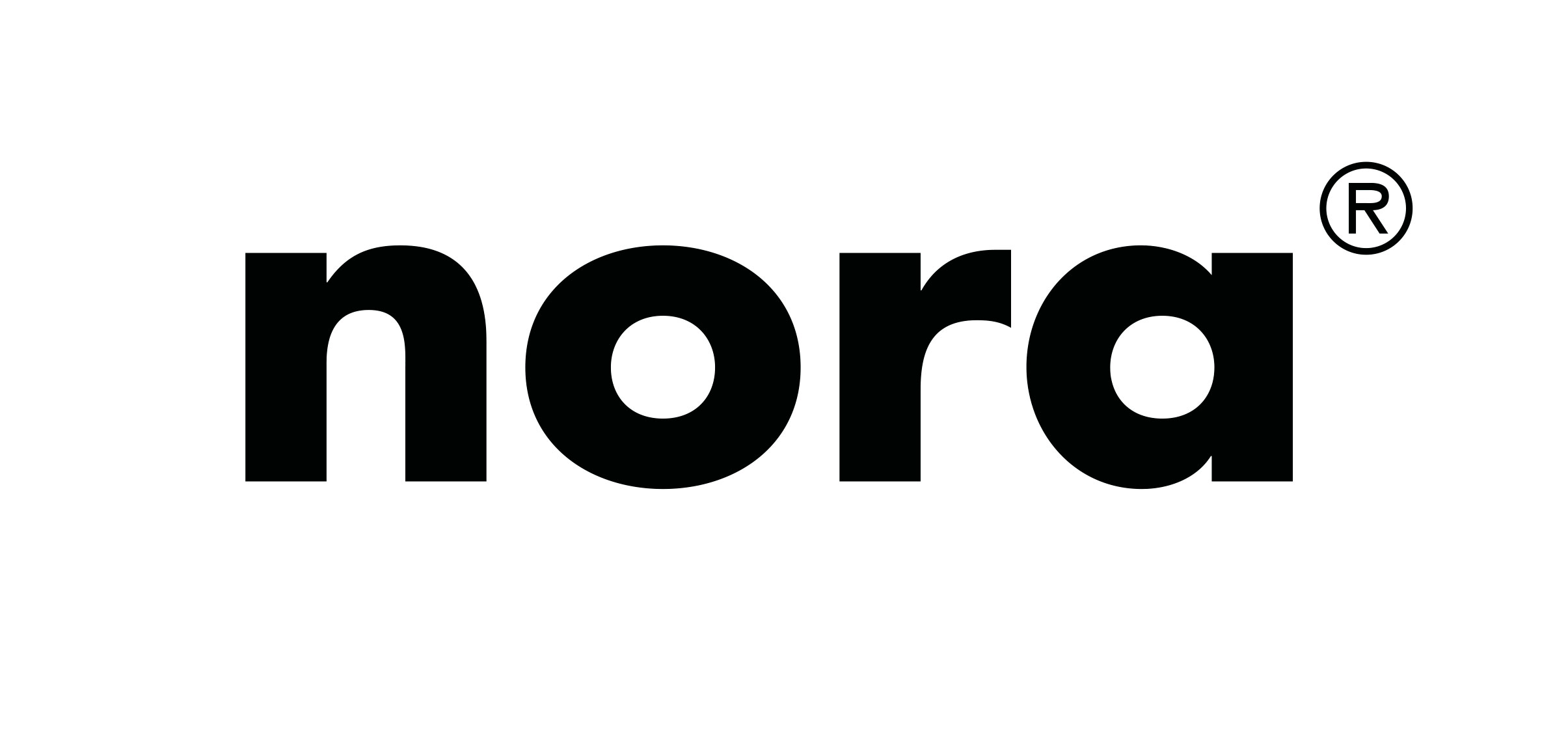#EQxDM3 attendees review key findings from the 2016 Equity in Architecture survey
Equity by Design is excited to announce “Metrics”, a new blog series that will unpack and explore findings from the 2016 Equity in Architecture Survey. In this series, we’ll cover key findings from the survey, and will also take a deep dive into each of the Career Dynamics and Pinch Points.
Additionally, we’ll provide further resources and reading so that you can learn more about each topic. These in-depth looks at our survey data will be accompanied by interactive graphics, which will allow you to explore our data even further.
“Metrics” posts will occur about once a month (usually on Wednesdays), and are aligned with this year’s quarterly topics. This will enable us to integrate conversations about survey content into a broader conversation that will be fueled by our quarterly workshops, as well as by other initiatives, including: the Inspire% series, the Equitable Practice blog series, the ACSA blog series, and #EQxDActions (more on this next week!).
For more info on these quarterly topics, please see our post from earlier in the month.
Winter: Disrupt Bias
During the winter quarter, we’ll explore how to disrupt implicit bias. We’ll learn about the unconscious biases we all carry and leverage techniques to overcome our own assumptions about others.
Concurrent with this exploration, the “Metrics” series will provide insight into three issues that are commonly linked with implicit bias: the demographics of the profession, pay equity, and the Glass Ceiling. Also look out for a post on “Key Findings,” which will provide a broad overview of the survey findings.
Spring: Articulate Values
Spring quarter will provide an opportunity to reflect on how to articulate the value that architectural education,training, and the practice of architecture provide to society. We’ll consider the issue from a variety of points of view, exploring divergent career paths, design activism, and the value of professional licensure.
The “Metrics” series will provide context for these discussions by providing in-depth analyses of the following issues: “Education,” “Licensure,” and “Beyond Architecture.”
Summer: Chart Your Path
During the summer our attention will turn to charting your career path and do some serious thinking about how we as individuals organize our lives to achieve goals and stay connected within the profession.
To aid in these explorations, the “Metrics” series will provide analyses of Work-Life Flexibility as it relates to all respondents, and explore the experiences and the challenges of being a Working Caregiver.
Fall: Design Culture
We’ll close out the year with a conversation about the culture of our practices, schools, and profession as a whole by looking into the ways in which we can create culture that fosters creativity, design thinking and inclusivity.
The “Metrics” series will cover two issues that are often deeply linked to culture: Finding the Right Fit and Professional Development. The topics will allow us to explore issues like how “fit” is measured, and correlates with professional success, how cultural satisfaction and professional relationships are linked to success, and how fostering a culture of mentorship and transparency can lead to career satisfaction and increased retention.
We’re looking forward to your feedback as this series develops. Please let us know if you have a burning research question, if you have a great resource to share on an upcoming topic, or if you’d like to contribute a guest post on one of these topics!





